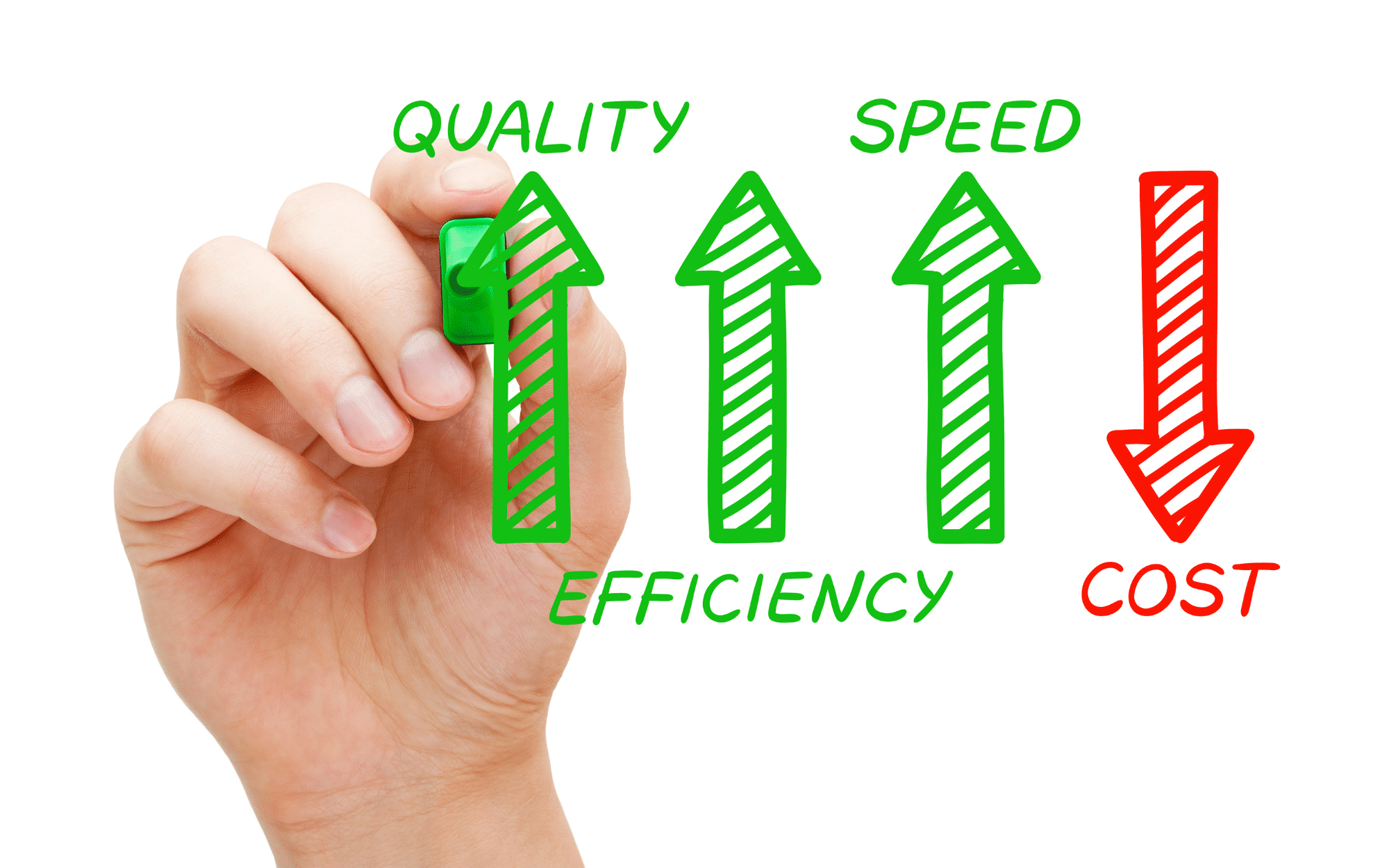Inventory management is the process of planning, organizing, and controlling the flow of inventory. It is essential for businesses of all sizes to have an efficient inventory management system in place in order to minimize costs, improve customer service, and boost profits.
Step-by-Step of the Inventory Management Process
Here are the basic steps of inventory management:
- Set inventory goals. What are your business’s inventory goals? Do you want to minimize costs, improve customer service, or both? Once you know your goals, you can develop an inventory management system that will help you achieve them.
- Conduct an inventory audit. This is the process of physically counting your inventory and comparing it to your records. This will help you identify any discrepancies and ensure that your inventory records are accurate.
- Choose an inventory management system. There are a variety of inventory management systems available, both manual and automated. The best system for your business will depend on your specific needs and requirements.
- Set reorder points. A reorder point is the level of inventory at which you should place a new order. This will help you avoid stockouts and ensure that you have enough inventory on hand to meet customer demand.
- Track inventory levels. It is important to regularly track your inventory levels so that you can identify any trends or problems. This will help you make informed decisions about your inventory management strategy.
- Optimize your inventory. There are a number of ways to optimize your inventory, such as using the 80/20 rule, implementing a just-in-time (JIT) system, and using vendor-managed inventory (VMI).
How Can You Improve Inventory Efficiency?
Here are some specific actionables for improving inventory efficiency:
- Use barcode scanning and other technologies to automate inventory tracking. This will help you save time and improve accuracy.
- Set up a system for regularly reviewing inventory levels and making adjustments as needed. This will help you avoid stockouts and overstocks.
- Negotiate favorable terms with suppliers, such as longer payment terms and discounts for volume purchases. This will help you reduce your inventory costs.
- Use a cloud-based inventory management system that allows you to access your inventory data from anywhere. This will give you greater visibility into your inventory and make it easier to make informed decisions.
Improve Your Inventory Management System and Boost Your Profits
- According to a survey conducted by Entrepreneur Magazine, firms can enhance their profitability by up to 50% by adopting inventory management software to manage their operations.
- In our experience, just the brand and customer loyalty costs typically amount to nearly 5% of revenue for stockout product lines.
- Over 50% of businesses experience stockouts at least once a year.
By following these steps and implementing these actionables, you can improve the efficiency of your inventory management system and boost your business’s bottom line.
You may also be interested in: Customer Spotlight: The Sunday Times fastest-growing retailers using Brightpearl and Inventory Planner to power their success
Book a Free Demo and experience Brightpearl, the #1 Retail Operating System for Multichannel Ecommerce in action with a complimentary, no-obligation session tailored to your business needs.




